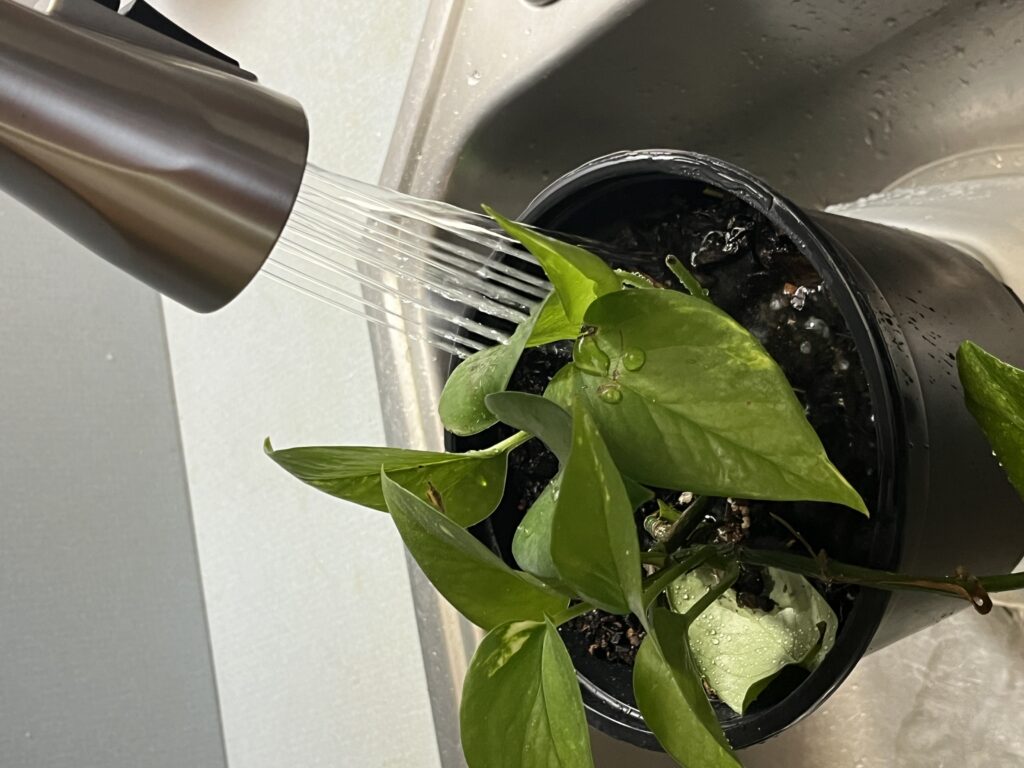Houseplant Winter Care
go.ncsu.edu/readext?1045868
en Español / em Português
El inglés es el idioma de control de esta página. En la medida en que haya algún conflicto entre la traducción al inglés y la traducción, el inglés prevalece.
Al hacer clic en el enlace de traducción se activa un servicio de traducción gratuito para convertir la página al español. Al igual que con cualquier traducción por Internet, la conversión no es sensible al contexto y puede que no traduzca el texto en su significado original. NC State Extension no garantiza la exactitud del texto traducido. Por favor, tenga en cuenta que algunas aplicaciones y/o servicios pueden no funcionar como se espera cuando se traducen.
Português
Inglês é o idioma de controle desta página. Na medida que haja algum conflito entre o texto original em Inglês e a tradução, o Inglês prevalece.
Ao clicar no link de tradução, um serviço gratuito de tradução será ativado para converter a página para o Português. Como em qualquer tradução pela internet, a conversão não é sensivel ao contexto e pode não ocorrer a tradução para o significado orginal. O serviço de Extensão da Carolina do Norte (NC State Extension) não garante a exatidão do texto traduzido. Por favor, observe que algumas funções ou serviços podem não funcionar como esperado após a tradução.
English
English is the controlling language of this page. To the extent there is any conflict between the English text and the translation, English controls.
Clicking on the translation link activates a free translation service to convert the page to Spanish. As with any Internet translation, the conversion is not context-sensitive and may not translate the text to its original meaning. NC State Extension does not guarantee the accuracy of the translated text. Please note that some applications and/or services may not function as expected when translated.
Collapse ▲This time of year houseplants can be struggling with the typical indoor environment; low light, low humidity and either cool or very warm air temperatures. Some plants can tough it out while others aren’t so tolerant. Over or under watering is a common issue and can be the death nail for any plant, any time of year.
If possible, move the plant to the sink or shower and water thoroughly to wet the soil. Do this when the soil is dry or every several weeks, depending on the plant, the type of pot and how root bound the plant is. Lift the potted plant after a thorough watering to feel the weight. If it is light the plant needs water. If it is heavy, no water is needed. This is a good way to check for watering anytime. A thorough watering when needed it better than giving a shallow sprinkle every week.

GO HERE to check out the North Carolina Extension Gardener Handbook and learn more about individual indoor houseplants and caring for them.
This publication in Common Houseplant Insects and Related Pests from Clemson Extension will help to identify problems you might be having with your wintering houseplants. Identification is key to knowing how to treat!




